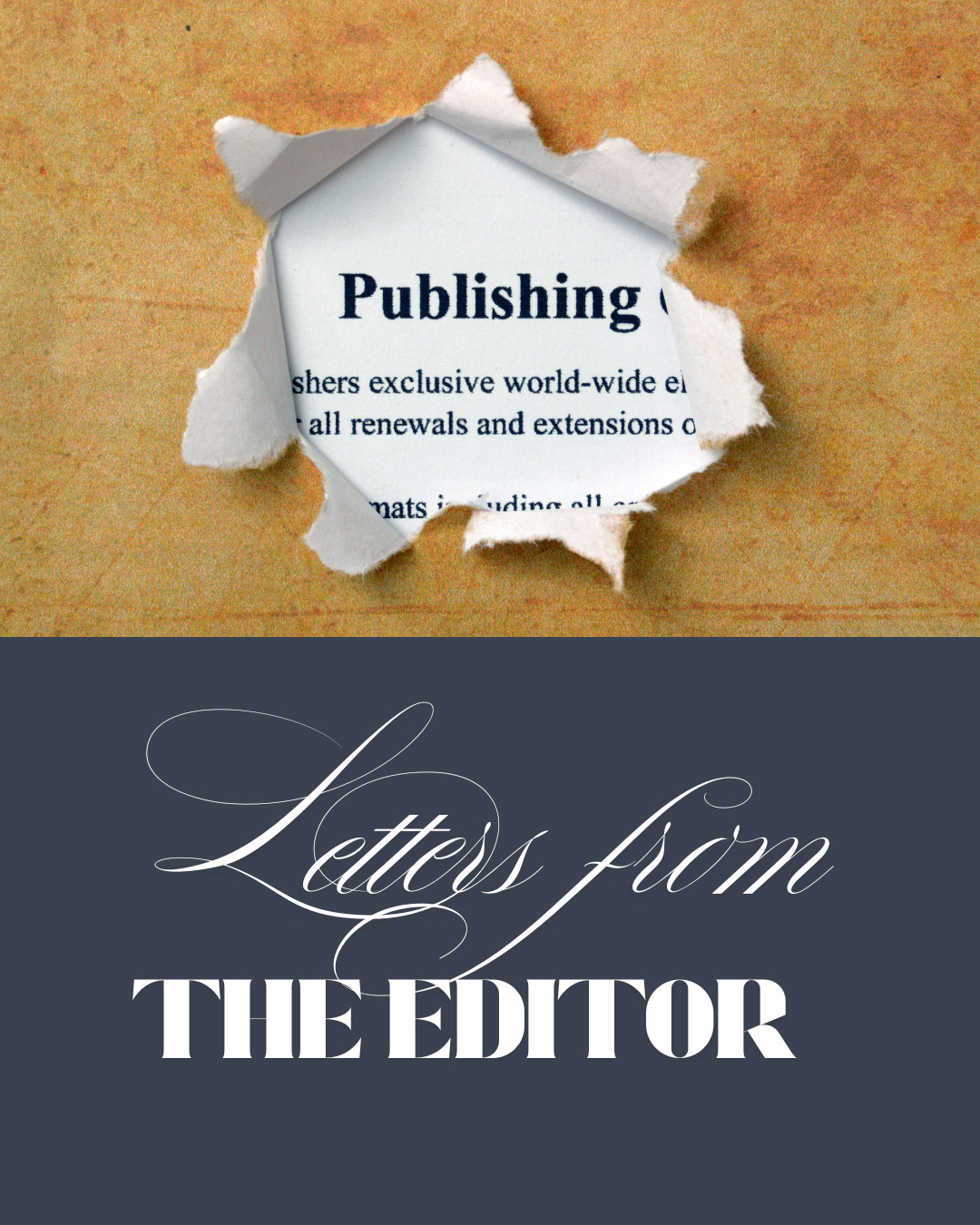Finding the Right Publisher for Your Book
Dear Writer,
In a previous post, Submission Fees, Response Times, and Other Poet Pet Peeves, we discussed how expensive and time consuming it can be for poets to submit manuscripts to publishers, and why publishers have to charge fees and why they take so long to get back to writers. One way to minimize costs is to narrow down your list of publishers to ones that are more likely to publish your book, and this letter will detail some methods you can use to do just that.
There are many places you can research poetry publishers, large and small. If you want to pay a small subscription fee, you can use Duotrope to find markets for your work. One of the biggest advantages of Duotrope is that it can help you isolate aesthetic networks. You can do this by finding the listing for a literary magazine where you’ve published work, and note what other magazines and presses are listed in the “those who’ve published in this market have also published in these places” list. If some of those other places are poetry book publishers, it’s likely that your work will fit the aesthetic of that press.
If you don’t want to pay a subscription fee, there are ways for you to do this research on your own. A good first step is to make a list of publishers that publish poetry books you admire, and that you would be excited to be on the list. If you want to find some publishers you might not already be aware of, check out the CLMP Directory of Publishers and/or New Pages Independent Publishers and University Publishers Listing.
Once you’ve found some presses you like, familiarize yourself with their list. Start with books published most recently, and work backwards a year or two. If you can’t afford to buy several books by the publisher, check them out from the library, or read some of the poets’ work online. Read the distribution summaries (these are listed on Bookshop.com and Amazon when you pull up the book).
After you’ve gotten your research materials together, do the following:
Make a list of words, themes, and ideas that the books and poetry have in common.
Notice the point of view of the poems. First person? Second person? Third person? A mix? If so, which way does the list lean?
Notice the length and format of the poems. Does this publisher publish book-length poems? Shorter poems? Longer poems?
Notice the covers and the interiors. Do you notice errors? Are there photos, graphics, or drawings?
Now, answer the same questions for your own book. How much overlap do you see between your work and the work recently published by the press?
If you see a 75% or above overlap, your book is probably a good enough fit for the press to make submitting there worth it. If it’s higher than 75%, your book may be too similar to a book recently published by the press — and most presses don’t want to compete with themselves — so analyze their recent list to see if that is true. For example, if they just published a book about a narrator mourning her mother, and that’s the subject of your book, hold off for a year with that press; they aren’t likely to want to publish a book with a duplicate theme.
To be clear, editors often aren’t aware of many of their aesthetic biases, but these biases do exist. Sometimes, editors strive to balance out their list, and in those cases books that swerve out of their normal aesthetics do get published.
What often happens when writers complete this exercise is that they are a bit disheartened to find that a press they greatly admire doesn’t seem to be a good fit for their poetry manuscript. It’s actually quite common for writers to admire work quite unlike their own, because it’s more exciting, or speaks to us in new and interesting ways. Believe me when I say that there are many really amazing, dedicated presses out there that are interested in reading your work. You just may need to take some time and energy to find them.
Finally, since you did all of that work, reference a little bit of it in your cover letter when you do send things in to a press you’ve analyzed. Mention the book or books you read that they published that spoke to you, and indicate why/how you think your book fits into the same aesthetics. We editors like to know that people are enjoying the books we put into the world, and that some of the people who read them are inspired enough to send us their work to consider.
As always, thank you for writing and reading poetry, and for being a part of this larger literary conversation taking place in publishing today.
With gratitude,
Kris

